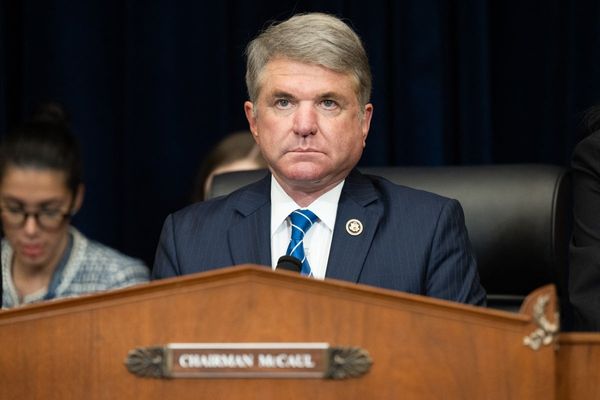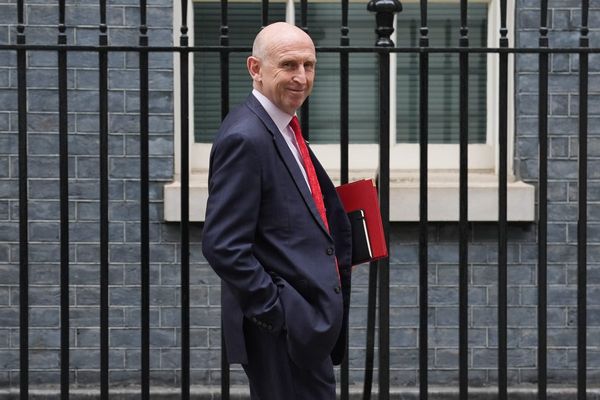
For decades, retail pioneer Sears ruled the US retailing industry. Its mail order catalogues and retail stores captured the hearts and wallets of middle-income Americans.
That’s how Sears hit one landmark after another. In 1945, the company crossed $1 billion, the equivalent of $13 billion in today’s prices. In 1969, Sears spent $100 million to build the Sears Tower, a 110-story building in downtown Chicago.
But in recent decades, Sears began to lose both the hearts and the wallets of middle-income Americans, closing scores of stores, and striving for survival.
Wall Street has taken notice, driving the company’s stock to 40 cents in recent trading.

What distanced Sears form middle-income American shoppers?
Four strategic mistakes made by its leaders in the last four decades have damaged the status that this great retailer once possessed.
The first strategic mistake was made in 1981. Sears, Roebuck &Co. ventured outside its “core” retailing business, into financial and real estate services. It purchased the Dean Witter Reynolds securities firm and the Coldwell Banker real estate operation.
The trouble was that these new business ventures had very few synergies with Sears’ core retailing business. Moreover, this misguided strategy offered the company’s competitors — like Macy’s Inc., Wal-Mart Stores and Home Depot Inc. — an opportunity to enter the Sears market.
In 2006, Sears committed its second mistake. It restructured its operations into several units, often run by people with little retailing experience. It should come as no surprise that this policy was doomed to fail, as evidenced by the company’s financial results in subsequent years.
In the last twelve years, Sears made its third strategic mistake. It sold off legendary brands like Lands End, and company stores, losing the brand and scale advantages the company once enjoyed.
In the beginning, store sales were confined to unprofitable locations to streamline its operations, including 46 stores in just 2012 alone. That changed in 2013, however. Store sales expanded to include profitable stores in order to shore up its financial situation.
Meanwhile, Sears failed to update its retailing model.
Then came the fourth strategic mistake — the constant threat of termination due to unrealistic sales expectations, lack of collaboration, and engagement. Amazon.com was added to the list of competitors anxious to take Sears’ customers away.
The bottom line: It takes plenty of strategic mistakes to distance a great company from its customers and employees, and Sears leaders seem to have made all of them. They wasted the company’s resources throwing good money after bad; and they neglected employees’ needs, as the competition closed in.







